Bosque Primario
Flora
In the Amazonian rain forest there are even more plant species on only one square kilometre than in the whole of Germany. At this point we compiled a list of some plant species. According to biologists areas of the stand of trees are approximately between 300 and 400 years old. For the seed exploitation programme the stand has been catalogued for the first time. In the form of a nature educational trail visitors may discover the flora through an identified network of paths with the help of a small handbook.
Have a look at the compilation:
Cachichira
The Cachichira has very strong distincted tabular roots. On its wide spreading branches hundreds of epiphytes like orchids can grow and therefore countless insects and small animals. His wood is used for house building. There are some on the station ground which are over 300 years old.
Almendrillo - Dipteryx Odorata
Although the tabular roots of the Almendrillo are less strong distincted he can reaches a height up to 50 metres and is a habitat and food security for countless plants and animals. Its wood is ideal for house building, too. Its fruits are essential elements for coumarin.
Soliman/Ocho - Hura crepitans L.
The Soliman is an imposing giant tree without tabular roots and a straight and huge trunk. Its light wood is often used for furniture. The fruits and the milk are toxic, but do contain active components used against Leishmaniasis. Some indigenous tribes use the poison for fishing.
Mata-Palo/Würgefeige - Ficus spec.
Many fig species begin their lives as an epiphyte and grow top down. Gradually its roots enclose the host tree and extract light and nutrients from it. By-and-by the host tree dies and what remains is a hollow-stemmed object of the strangler fig with a wide spreading top. Again the tree top may be a habitat for other epiphytes, animals and insects.
Diverse Palmenarten
Chonta
The fruits of the Chonta palm serve as feed and are used for craft products. Bows and arrowheads are made of its very hard rind. The Chonta palm is also used for house building and furniture. Additionally its leafes are used for roofing.
Motacu
The nut-shaped fruits of this palm are eatable for humans as well as for animals. The oil of the nuts serves as dietary supplement and is used in different branches of industry. Natural decorations are made of its palm seeds. Its leafes are also used for roofing or serve as a basis for baskets and mats.
Chima/Asai
The fruits of the Asai palm are richer of starch and vitamins than a potato. They resemble one another in taste and are cooked, are served as side dish or are even made into flour.










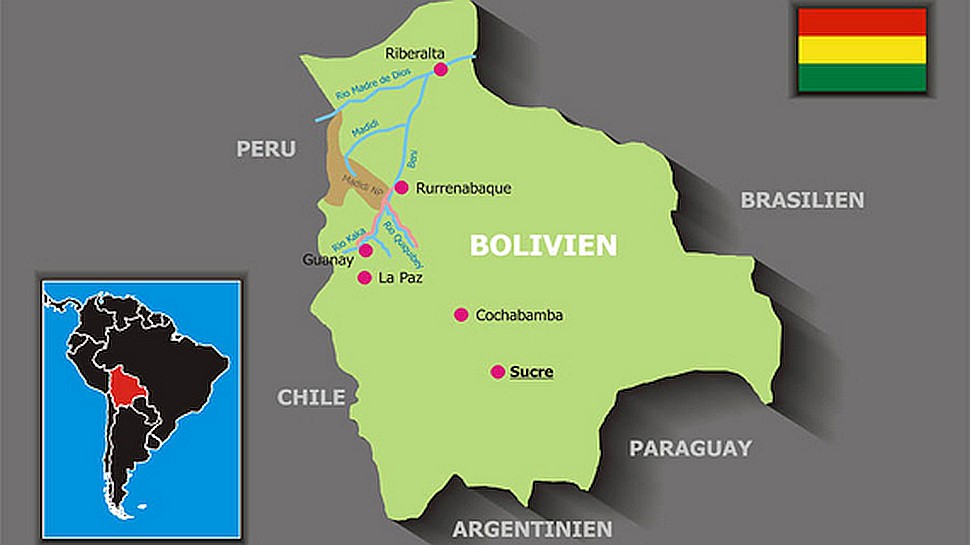
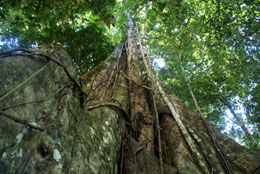
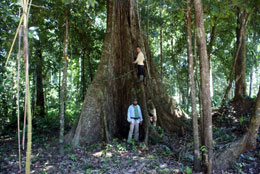

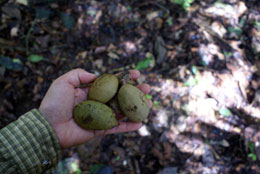


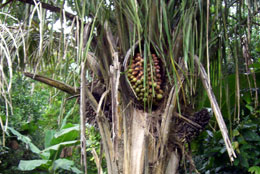
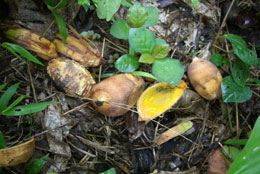
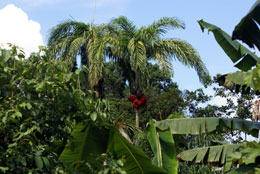
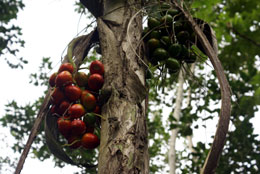
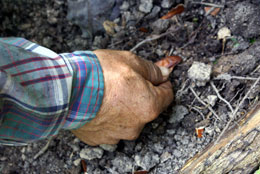
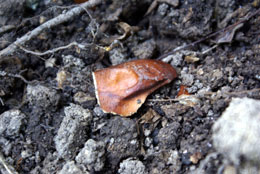
.jpg)